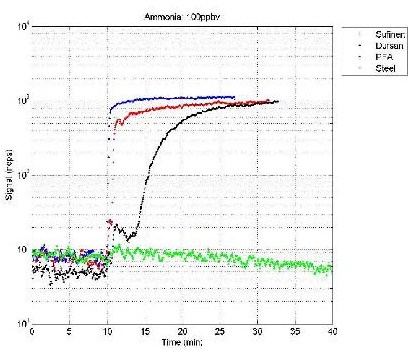-
Coatings & Services
Our Coatings
Silicon Family
Silicon Oxynitride Family
Specialty Surface Family
Our Services
- Applications
- Resources
-
About Us
Careers
-
Contact
Contact
Address
225 PennTech Dr.
Bellefonte, PA 16823Phone: (814) 353-1778
Fax: (814) 353-1697Email: Service@SilcoTek.com
- Get a Quote

